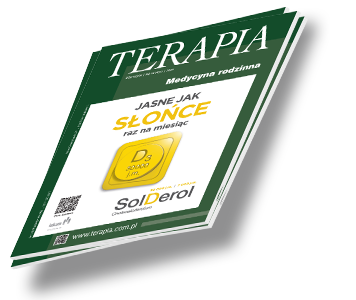W gabinecie lekarza rodzinnego Terapia 2020, 12 ( 395 ) : 20 - 32
Zastosowanie terapii SMART w leczeniu astmy w świetle wytycznych GINA 2020 – przypadki kliniczne
The use and efficacy of SMART therapy in the treatment of asthma in the light of the latest GINA 2020 guidelines
Astma jest zaliczana do najczęściej występujących chorób przewlekłych układu oddechowego. Szacuje się, że problem ten dotyczy ponad 300 mln osób na całym świecie, głównie w krajach rozwiniętych. W Polsce na astmę choruje ok. 9% osób dorosłych i 11% dzieci (1). Zgodnie z definicją, astma jest schorzeniem charakteryzującym się przewlekłym procesem zapalnym w obrębie dróg oddechowych. Do jej głównych objawów zaliczamy świszczący oddech i duszność. Często występują razem z innymi symptomami, takimi jak uczucie ucisku w klatce piersiowej oraz kaszel.

Zaloguj się i przeczytaj bezpłatnie całą treść artykułu.
Nie masz jeszcze konta dostępowego?
Zarejestruj się bezpłatnie, a otrzymasz:
* dostęp do wszystkich doniesień oraz pełnych tekstów artykułów naukowych w naszej Czytelni,
* prawo do bezpłatnego otrzymywania newslettera "Aktualności TERAPIA" z przeglądem interesujących i przydatnych wiadomości ze świata medycyny oraz systemu ochrony zdrowia w Polsce i na świecie,
* możliwość komentowania bieżących wydarzeń oraz udziału w ciekawych quizach i konkursach.
Zapraszamy serdecznie, dołącz do naszej społeczności.



Dodaj komentarz